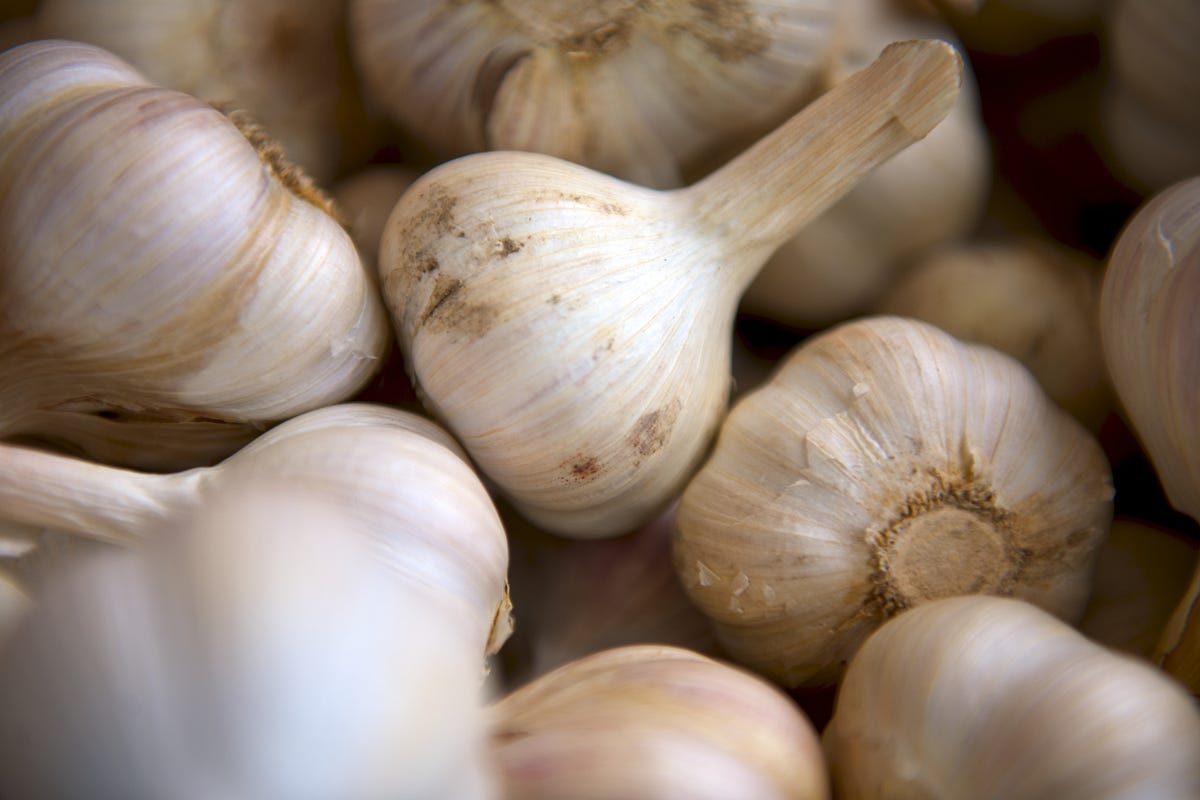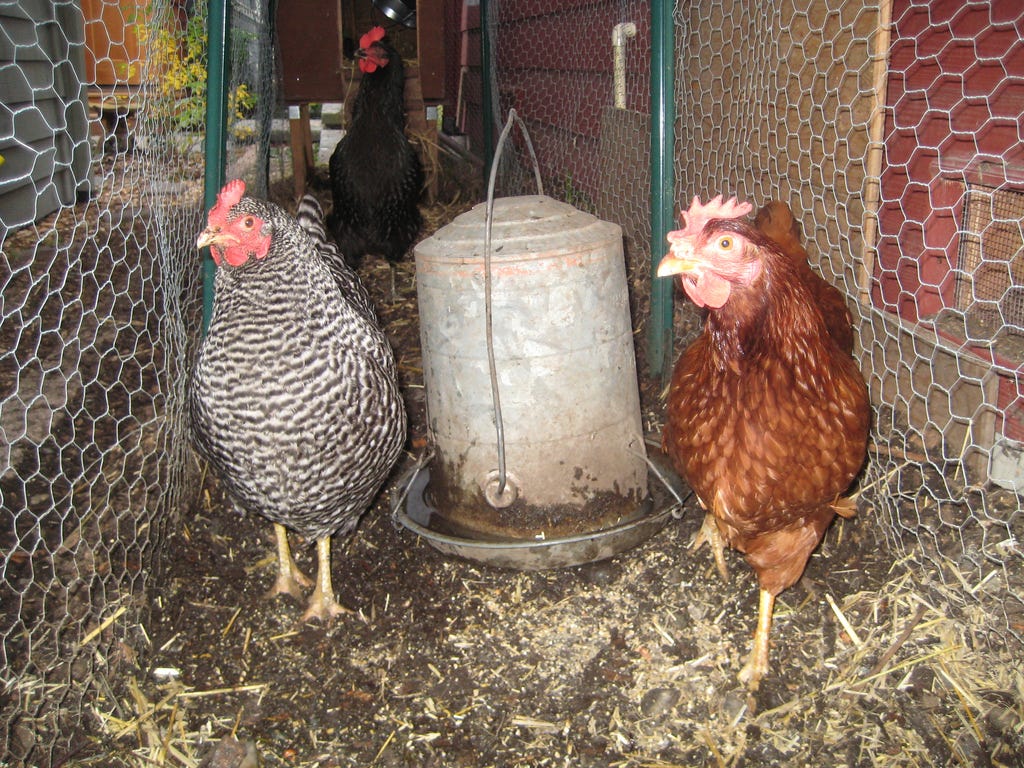8 Profitable farming ventures on just ¼ acre of land in Uganda.
When it comes to farming in Uganda and Africa, land is one of the biggest problems we have unlike in the West. The problem is farmers have no clear land ownership rights. This means that they cannot pledge the property as collateral for financing to scale their farms. Young professionals and the youth are starting to see agribusiness as a viable venture. This is a good thing, but for those looking to farm, land is one of the first things you have to figure out especially for the urbanites.So, what farming ventures can be done profitably on a ¼ acre of land? Here are 8 different types of farming you can consider.
1) Mushroom farming

Mushroom farming is not very old in Kenya. Cultivation used to be a complex affair but things have been made way simpler for farmers from the numerous research, training, and workshops. There have also been workarounds in the process and introduction of more tolerant varieties like Oyster mushrooms.
They do not require a huge piece of land compared to other crops. A quarter acre of land is enough to have an incubation house and a cropping house. You can make use of the vertical space too since mushrooms don’t grow tall. If you have 1000 bags in one cropping room, you can get close to 2 tons of button mushrooms going at an average of Ugsh 5000/kg. This translates to about Ugsh 10 million. Mushrooms are sold to supermarkets, hotels and households. Recently there has been demand coming from Uganda. The demand is big at 1200 tons a year only half of it is met. Dominance is by large scale producers mainly exporting. With proper marketing, this is one profitable venture and you’ll require less capital in comparison to others.
2) Garlic farming
Garlic is a high-value horticultural crop. It is part of the onion family. Garlic is loved for its flavor in food and health benefits. It does well in its optimum conditions and good care. Garlic takes about 6 months to harvest.
A ¼ acre of land can give you about 800 Kg yield of garlic bulb selling at a farm gate price of around Ug2500/kg. There is demand from both the local and export market.
Garlic requires adequate skills, training, and good research to be successful. You’ll need to understand the local varieties, get certified seeds, good soil, and best environment. Growing organic garlic is preferred especially for the export market.
3) Fish farming


Ugandans used to depend on the lakes and rivers for fish, but not anymore. Commercial fish farming has taken off and these time fish are reared in ponds. The African catfish, Nile perch, tilapia, and the rainbow trout are very popular. It is not hard to start a fish farm if you have the right information.
You can have 100-meter square ponds fit in a quarter acre land for breeding. The main costs in fish farming are; labor, polythene, feeds and the fingerlings. The ponds can also be made of fiber, concrete, and plastic but these will cost more. You need to consider; climate, suitable land, fish species, pond design, feeds and the market. The demand for fish has been going up with more people consuming white meat locally. Fish sells for about Ugsh 3000/kg and for ¼ an acre you can have a few thousands of them. The catfish is fast growing and can weigh over 15kgs. Tilapia can be harvested when they weigh 250g. By use of modern fish farming techniques, production can be maximized.
4) Poultry
Poultry involves keeping of chicken, which can be; Indigenous, layers, or broilers and these days kroilers are a hot cake. Improved indigenous breeds are also available to farmers. Other birds can also be reared like quail and guinea fowl but chicken is more popular in Uganda taking 98%. Chicken eggs are consumed more than meat in Uganda. Chicken meat has hotels as their biggest market.
The appropriate structures can fit in a ¼ acre and make a profitable business. Make sure the housing is up to recommended standards. There is a need to focus on marketing your products by targeting large hotels, supermarkets, schools, export, etc. The indigenous chicken can be sold for around Ugsh 15000-20.000 in the market.
When doing poultry farming, attention to details and proper knowledge is a must for a successful venture.
5) Passion fruit farming


Passion fruit is becoming one of the biggest fruit exports by Uganda. The local market demand is also quite high. They are consumed fresh or the pulp is used for making juice and other products e.g. yogurt. There are two popular types in Uganda; the purple variety which grows in high altitudes and the yellow variety which has higher yields and is disease resistant.
A ¼ acre can grow about 350 passion plants or more. One plant with good care can produce 10–15 kg of fruits in a year. Passion fruits sell for Ugsh4000–5000/kg while grade 1 for export can go for around Ugsh7000–10.000/kg.
Passion fruit farming has become popular in Uganda. They are mostly are grown in the districts of Mukono, Kayunga, Wakiso in the mountains of Mbale and Kasese. The crop has become of great economic importance in the recent past
The passion plant is a climber; this means there can be creative ways of maximizing on the little space you have.
6) Greenhouse farming
A greenhouse is what some people would call an almost perfect farm. This is because a greenhouse provides a controlled environment that best suits the growth of crops. They are an enclosure in which moisture content and temperatures can be regulated. Your crops are also protected from the outside menace of insects, rodents and other animals. This means greenhouse farmers can farm all year round in and out of season. The most popular greenhouse crops are; courgettes, tomatoes, capsicums, cucumbers, cabbages, and other vegetables which are high-value crops. Yields in a greenhouse are higher compared to open field farming for the same space utilized.
Greenhouses come in different sizes as small as 20M by 6M which you can fit easily on your ¼ acre piece of land. This will cost you around Ugsh5M to Ugsh 7m. The starting capital may look much but considering you will be farming all year round with reduced risks, it’s totally worth it. Before you rush in, plan ahead and consider the full cost of setup, crops you’ll grow and after- sales support from the greenhouse vendor.
7) Dairy farming
 Now, dairy farming can be very profitable but there is a certain fear when it comes to keeping dairy cows. It can be done and there are successful farmers making millions out of dairy. Dairy farming can be practiced in both high and low lands. Breeds common in Uganda are; Jersey, Freshman, Ayrshire, Guernsey, and cross breeds not forgetting the local breeds. What you need is patience with your cows, a good setup, good feeds, proper cow management and technical support from a good vet and nutritionist. The feed alone accounts for about 40–60% total cost.
Now, dairy farming can be very profitable but there is a certain fear when it comes to keeping dairy cows. It can be done and there are successful farmers making millions out of dairy. Dairy farming can be practiced in both high and low lands. Breeds common in Uganda are; Jersey, Freshman, Ayrshire, Guernsey, and cross breeds not forgetting the local breeds. What you need is patience with your cows, a good setup, good feeds, proper cow management and technical support from a good vet and nutritionist. The feed alone accounts for about 40–60% total cost.
With ¼ an acre, you can keep more than 3 dairy cows. 3 cows producing an average of 30 liters of milk a day can give you Ugsh8.640.00 million in a year selling milk at a price of Ugsh 1.200.
Good breeds will give a farmer 30–50 liters of milk a day. Be very attentive to details when it comes to dairy and gets good support. The demand is there from cooperatives who give low prices but guaranteed. You can also market your milk to other institutions at a better price.
8) Beekeeping
Demand for honey and other bee products is high. 80% of Uganda’s land is arid and semi-arid, which makes it perfect for beekeeping and has abundant flora.
Beekeeping requires a small space compared to other crops. You can have 50 colonies of bees in an only ¼ acre of land and the best thing is, it doesn’t need to be fertile or need rain. There are well available beehives that can give you about 9–13 kg of honey per harvest and can be harvested 6–10 times a year.
Keeping bees is actually cheaper in terms of labor and is less competitive bearing in mind it doesn’t compete for the same resources with other types of farming.
A quarter acre of land can do much when it comes to farming, so don’t limit yourself and start small.
Email Us or Visit Facebook Page
Powered by BSMR MILLENNIUM CONSULTS UG LTD
Email Us or Visit Facebook Page








No comments:
Post a Comment